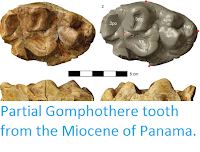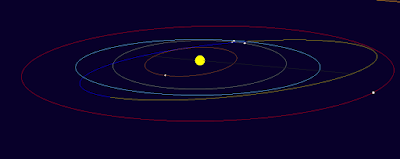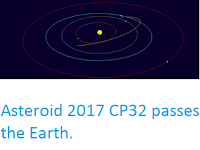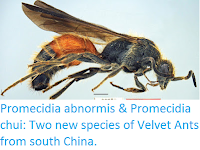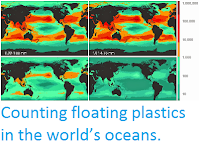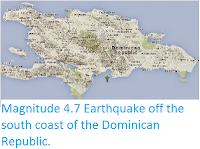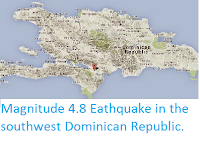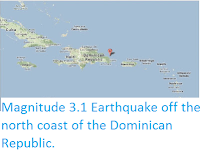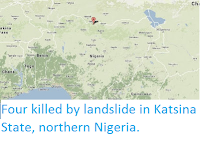The presence of man-made chemicals is known to be a problem in a wide variety of environments, not just locations where Humans are present, but in remote areas such as the Arctic and High Himalayas. Such pollution in the world’s oceans is of particular concern, with visible concentrations of plastics on the ocean gyres and remote areas of the seafloor, and man-made chemicals, many with known ill-effect, recorded in a wide variety of marine organisms, including many species that form part of our own diet. The only areas where such pollutants have not been found are the deep ocean trenches that form in the subduction zones where one tectonic plate is pushed under another, though this is not evidence of actual absence, as these areas have not to date been sampled for such chemicals.
The Mariana Trench in the North Pacific is considered to be the deepest point in all the world’s oceans, and is a highly oligotrophic (low nutrient) environment, while the Kermadec Trench of the South Pacific is only slightly shallower and is more eutrophic (i.e. more nutrients are available). Amphipods were collected from both trenches using traps deployed by deep sea landers. Two species of Amphipods, Hirondellea dubia and Bathycallisoma schellenbergi, were collected from the Kermadec Trench at depths of between 7227 and 10 000 m, while a single species, Hirondellea gigas, was collected from the Mariana Trench at depths of between 7841 and 10 250 m.
Specimens of Hirondellea gigas, an Amphipod Crustacean from the Mariana Trench. Alan Jamieson.
These were tested for two persistent organic pollutants known to bioaccumulate in food chains, being absorbed by organisms close to the bottom and becoming more concentrated with each step up the chain. These were polychlorinated biphenyls (PCBs), which were used in the manufacture of electronic goods between the 1930s and 1970s, and polybrominated diphenyl ethers (PBDEs), which are used as flame retardants. Both are extremely hard to break down in natural environments, and have previously been recorded from coastal sediments, open ocean waters and the polar regions.
Both PCBs and PBDEs were present in the majority of samples from both locations. PCBs were found in Amphipods from the Mariana Trench at concentrations of 147.3-905 nanograms per gram, and in the Kermadec Trench at concentrations of 18.03-42.85 in the Kermadec, while PBDEs were present at concentrations of 5.82-28.93 in the Mariana Trench and 13.75-31.02 in the Kermadec Trench. There was no clear correlation between depth and pollutant concentration, though in both locations the highest chemical concentrations were found in Amphipods captured near the shallower end of the range, at 7841 m in the Mariana Trench and 7227 in the Kermadec Trench.
The PCB levels in the Mariana Trench were notably higher than those in the Kermadec, and indeed in comparison to samples from shallow and surface environments. Crabs from paddy fields on the Liaohe River, considered to be one of the most polluted in China, only have PCB levels about one fiftieth that seen in the Mariana Trench, while highly polluted coastal sediments from Guam, Japan and Australia had levels of 314, 240 and 160 nanograms per gram respectively.
This high concentration is remarkable, and requires explanation. Jamieson et al. consider a number of possibilities. Firstly the Mariana Trench is close to the highly polluted North Pacific Subtropical Gyre (also known as the ‘Great Pacific Garbage Patch’) a massive patch of plastic debris which partially overlies the trench. This can potentially lead to degraded plastic debris and plastic derived chemicals sinking directly into the Trench. Secondly the chemicals may be derived from carrion falls into the trench (a major source of food for benthic Amphipods) which have high levels of plastic-derived chemicals. However the consistently high PCB levels across the nutrient poor Mariana Trench make this seem unlikely. Thirdly it is possible that the species present in the Mariana Trench (Hirondellea gigas) is particularly prone to bioaccumulating PCBs due to some aspect of their physiology, though this would be surprising given the ecological similarity of the Mariana Amphipods to the Kermadec species, this also seems unlikely.
Instead Jamieson et al. suggest that high levels of PCBs may be accumulating in the Mariana Trench due to the topology of the Trench itself. The Trench is generally seen as an exceptionally deep structure, with the bottom remote from surface waters, and often depicted with a comparison to Mount Everest (which would not reach the sea surface if it sat in the Mariana Trench). However it is not as deep as part of the Mississippi River is wide, nor Manhattan Island is long, so the waters at the bottom of the Trench cannot be seen as truly separate from those at the surface. Studies made in the Japan Trench following the 2011 Fukushima Dia-ichi nuclear disaster suggested that particulate matter in the ocean sank at rates of 64–78 m per day, which would enable material derived from the North Pacific Subtropical Gyre to reach the deepest parts of the Mariana Trench in under 170 days. Such material settling on the seafloor of the ocean plains would be subject to further movement by deep ocean currents, eventually spreading more-or-less evenly across these vast areas, but chemicals sinking into the Mariana Trench would become concentrated, as the depth of the trench protects its contents from the ocean currents.
See also...










